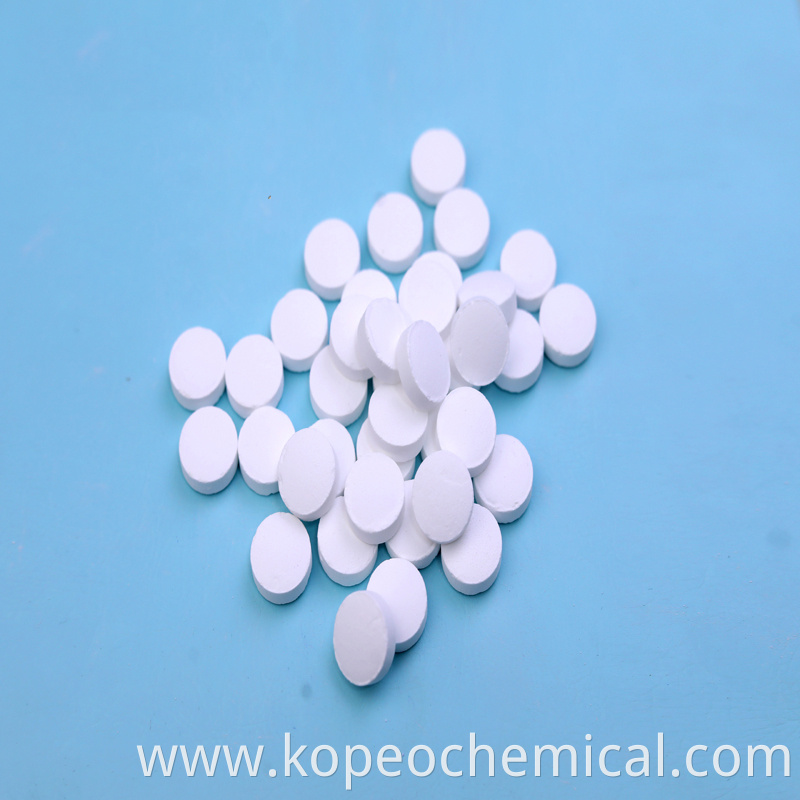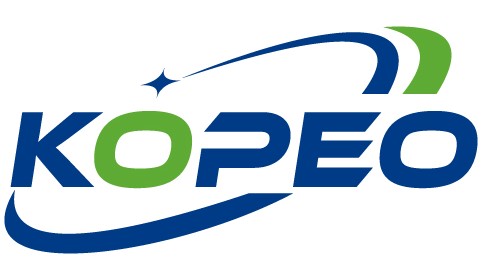Product Description
Cyanuric Acid, a disinfection by-product of the disinfectants dichloroisocyanuric acid and trichloroisocyanuric acid, produces a long-lasting disinfectant effect by maintaining a stable hypochlorite concentration in the water.
Preparation methods of Cyanuric Acid
There are mainly urea pyrolysis method and semi-cyclic method.
(1) Urea pyrolysis method:
According to the different ways of pyrolysis, it is divided into solid-phase melting method and liquid-phase method. Solid-phase method will heat the urea to 200~300 ℃, pyrolysis to get crude cyanuric acid, and then add 15~20% sulfuric acid (or nitric acid, hydrochloric acid), steaming, in the after filtration, washing, drying to get the finished product. This is the main method of industrial production of Cyanuric Acid. The purity of industrial products ≥95%, each ton of product consumption of urea 1200kg. liquid-phase method is carried out in aromatics or mineral oil solvents, the reaction is complete, separation of solvents, washing, drying to get the finished product, the reaction conditions are gentle, corrosiveness is small, but the yield is low.
(2) Half-cycle method:
Cyanuric Acid powder into the rolling disc, in the gradual addition of urea, its molar ratio of 1.7 ~ 2, heating to 190 ℃, continue for half an hour, stop heating, continue to roll until no ammonia generation. Remove a small portion, crushed, dissolved in sulfuric acid, boiling, centrifugal filtration, washing and drying to get the finished product. The rest of the parts continue to cycle rolling.

Company information
(1)Petrochemicals:Petroleum products is a generic term for a variety of commodities that are produced directly from petroleum or a portion of petroleum.Petrochemical use petroleum as the basic raw material.The petroleum industry has always been dominated by the production of petrol, paraffin and fuel oil for industrial boilers. One of the refining methods, catalytic cracking, is the use of heat, pressure and catalysts to crack heavy oils into lighter oils, mainly gasoline. Another method of refining is polymerisation, which is the opposite of cracking: small molecules are synthesised into larger ones, and the lighter gases from refining are polymerised into petrol and other liquids.Our Petrochemicals include solvent oil, petroleum product additives, petroleum waxes and so on.
(2)Polymers:Polymerisation is the process by which the repeating units that make up a polymer are linked together by covalent bonds.Polymers can exist in different states depending on the phase, conformation and arrangement of their molecular chains. The two main states are amorphous and crystalline. Polymers usually exist in a semi-crystalline form in which amorphous and crystalline phases coexist.
